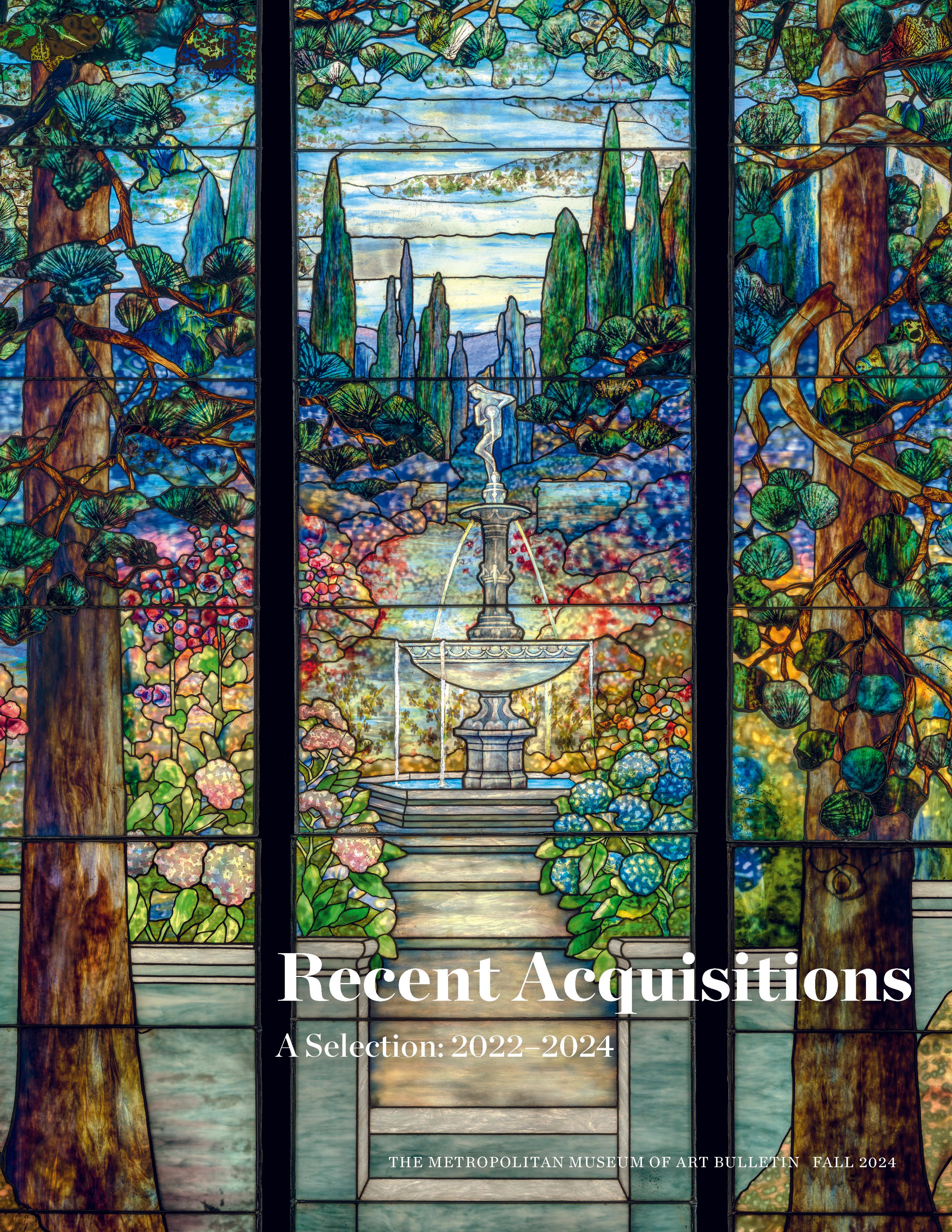Hercules Overcoming Nereus On His Way to the Garden of the Hesperides
This unique northern Renaissance bronze figure group embodies the marriage between fantastic invention and daring technique that is the hallmark of the sculpture and goldsmiths’ work created at the court of Emperor Rudolf II in Prague in the early 17th century. The subject is likely a rare depiction from the Twelve Labors of Hercules showing the mythological hero seated in triumph upon the shape-shifting sea god Nereus portrayed in the guise of a hooded, bat-winged monster that curls, unfolds, and changes its form even in defeat. The figure group is attributed to the sculptor and bronze founder, Adriaen de Vries (1556–1626) who boldly cast it in a single pour and exploited the undulating movements of molten bronze to evoke the protean transformations of Nereus. De Vries, who became sculptor to Rudolf II in 1602 was joined at court in 1607 by Paulus van Vianen (1570–1614), a goldsmith instrumental in developing the “auricular,” style that derives its name from the organic, fluid, and layered forms that are also characteristic of De Vries’s bronze composition. The Hercules and Nereus has the scale and affective power of an independent bronze statuette, but it originally may have been made as part of a larger decorative ensemble.
Artwork Details
- Title:Hercules Overcoming Nereus On His Way to the Garden of the Hesperides
- Artist:Attributed to Adriaen de Vries (Netherlandish, The Hague ca. 1545–1626 Prague)
- Date:ca. 1602–1612
- Culture:Netherlandish, probably Prague
- Medium:Bronze
- Dimensions:Overall (wt. on base, confirmed): 7 1/4 × 5 1/2 × 7 11/16 in., 7.7 lb. (18.4 × 14 × 19.6 cm, 3.5 kg)
- Classification:Sculpture-Bronze
- Credit Line:Purchase, Charles Hack and the Hearn Family Trust and The Isaacson-Draper Foundation Gifts, 2024
- Object Number:2024.87
- Curatorial Department: European Sculpture and Decorative Arts
More Artwork
Research Resources
The Met provides unparalleled resources for research and welcomes an international community of students and scholars. The Met's Open Access API is where creators and researchers can connect to the The Met collection. Open Access data and public domain images are available for unrestricted commercial and noncommercial use without permission or fee.
To request images under copyright and other restrictions, please use this Image Request form.
Feedback
We continue to research and examine historical and cultural context for objects in The Met collection. If you have comments or questions about this object record, please contact us using the form below. The Museum looks forward to receiving your comments.
